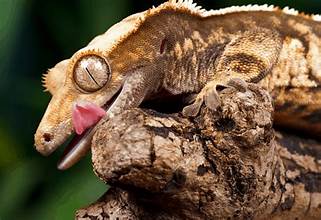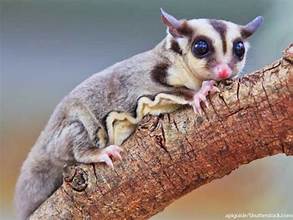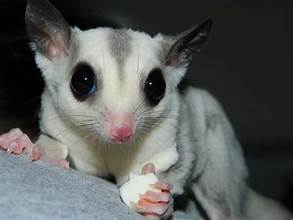Crested geckos are becoming popular as pets. Providing them with a suitable habitat is necessary for their health and well-being. Here’s a guide to setting up a thriving crested gecko enclosure.
Choosing the Right Enclosure
- Size: A 20-gallon tank is suitable for a single crested gecko, and a larger enclosure is ideal for pairs.
- Material: Glass enclosures are popular because they provide good visibility and maintain humidity. However, mesh enclosures can also work, especially if ventilation is a concern.
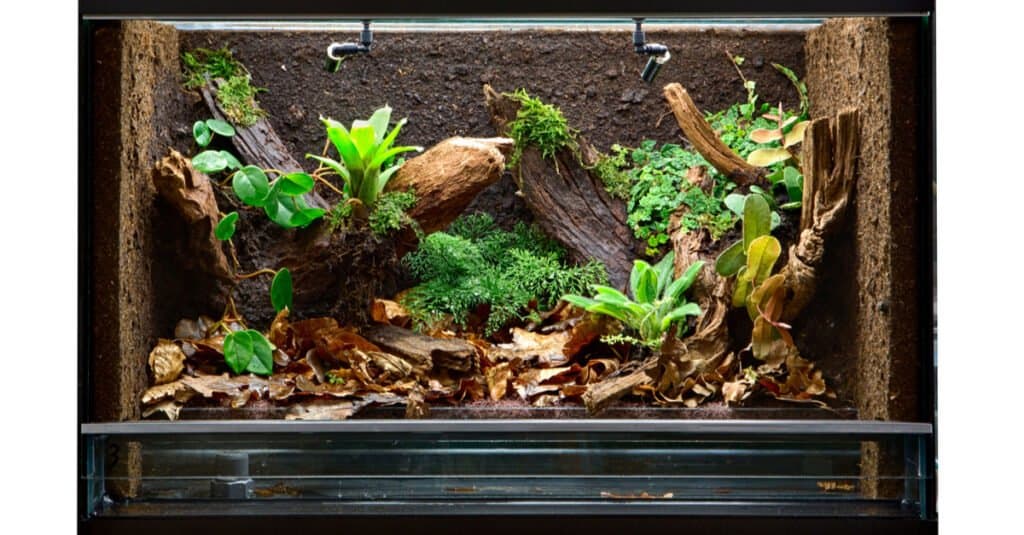
Substrate
- Loose Substrate: Avoid loose substrates like sand or gravel, which can cause impaction.
- Paper Towels: A simple and easy-to-clean option.
- Coconut Coir: A natural and absorbent substrate miming the geckos’ natural habitat.
- Orchid Bark: Provides a more natural look and can help with humidity.
Humidity
- Ideal Humidity: Crested geckos require a 60-80% humidity level.
- Misting: Misting the enclosure daily or every other day to maintain humidity.
- Hygrometer: Used to monitor humidity levels inside their habitat.
Temperature
- Daytime Temperature: 75-85°F (24-29°C).
- Nighttime Temperature: 65-75°F (18-24°C).
- Heat Source: A heat lamp or pad provides a temperature gradient.
Lighting
- UVB Lighting: While not strictly necessary, UVB lighting can benefit calcium absorption. Use a UVB bulb designed for reptiles and replace it every six months.
- Nighttime Lighting: Use a low-wattage red bulb for nighttime viewing without disturbing the gecko’s sleep cycle.
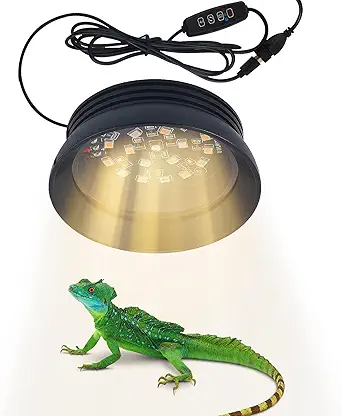
Feeding
- Diet: Crested geckos are primarily insectivores. Give a variety of insects, such as crickets, dubia roaches, and waxworms.
- Supplements: Dust insects with calcium and vitamin D3 supplements will help your gecko.
- Fruit and Nectar: Give a small amount of fruit or nectar-based gecko food as a treat.
Water
- Water Bowl: Provide a shallow water bowl for drinking and soaking. Make sure the water is fresh and clean.
Decor
- Climbing Branches: Provide branches of varying sizes for climbing and exploration.
- Hiding Places: Offer hiding spots like cork bark or small enclosures.
- Live Plants: Non-toxic plants can add enrichment and aesthetic appeal.
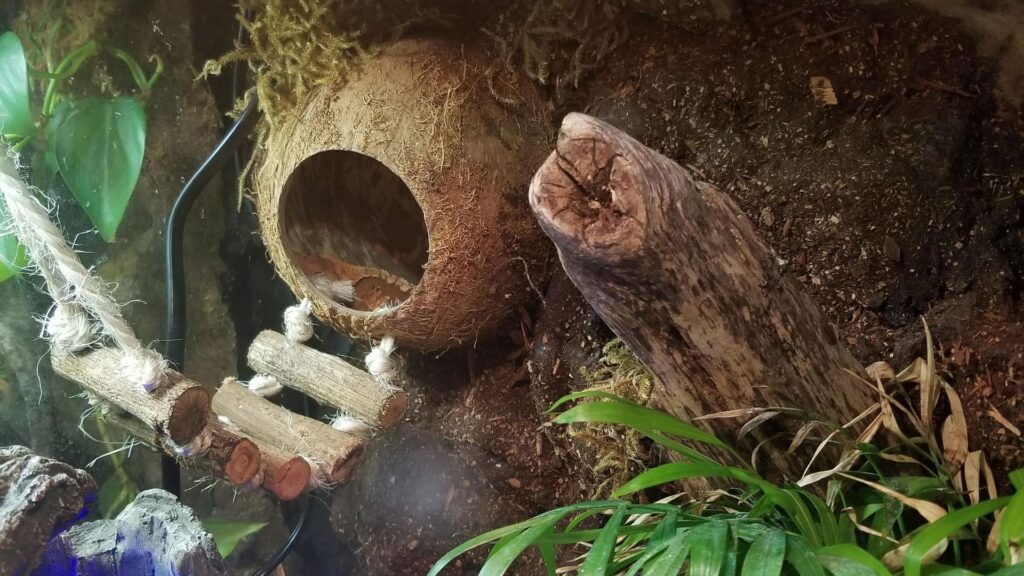
Cleaning and Maintenance
- Spot Clean: Remove uneaten food and feces daily.
- Deep Clean: Clean the entire enclosure thoroughly at least once a week, disinfecting surfaces to prevent the spread of bacteria.
Final thoughts
Creating a suitable habitat for your crested gecko is essential for health and happiness. Following these guidelines can provide your pet with a comfortable and enriching environment. Monitor your gecko’s behavior and adjust the enclosure to ensure its well-being.

